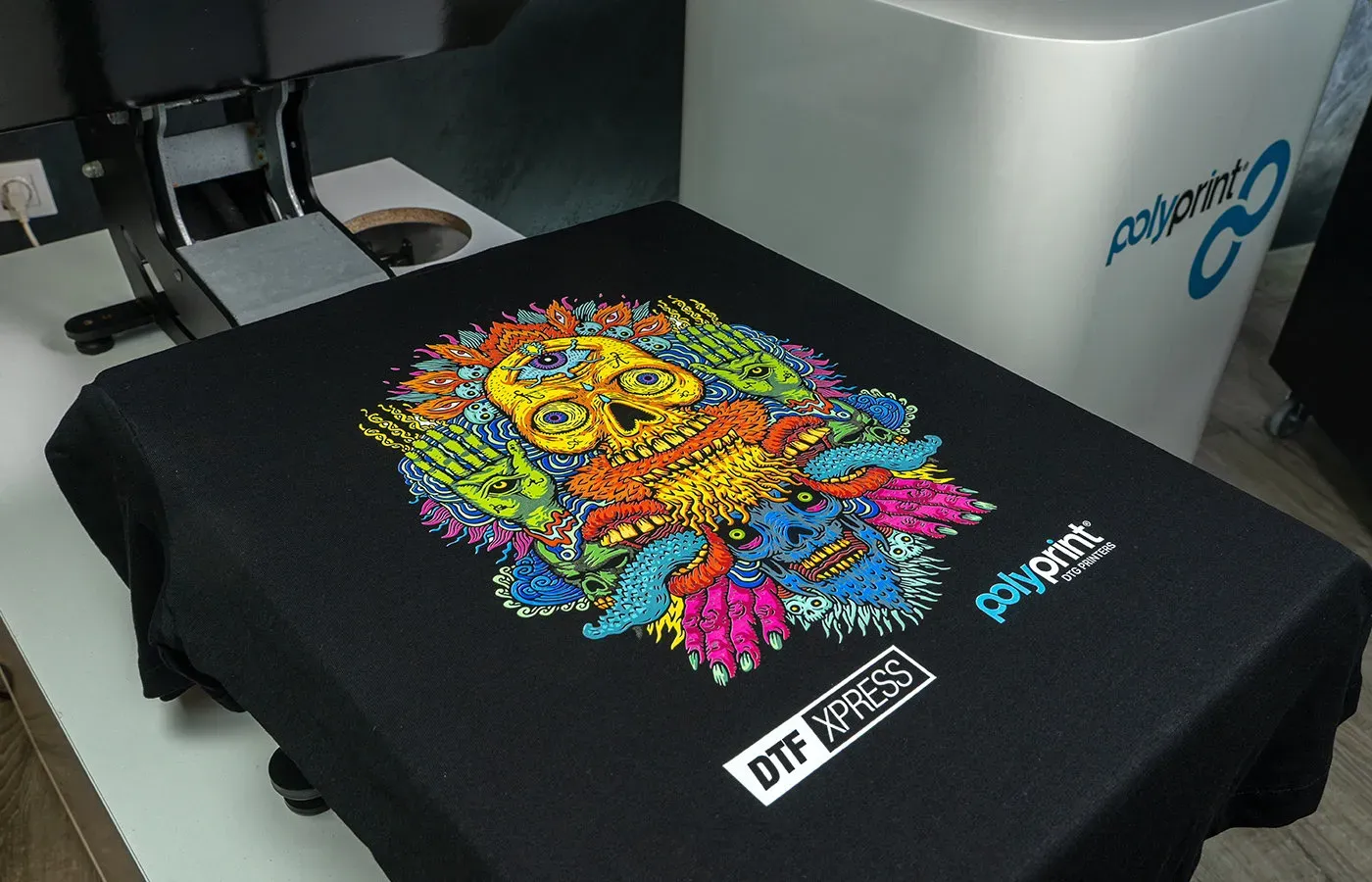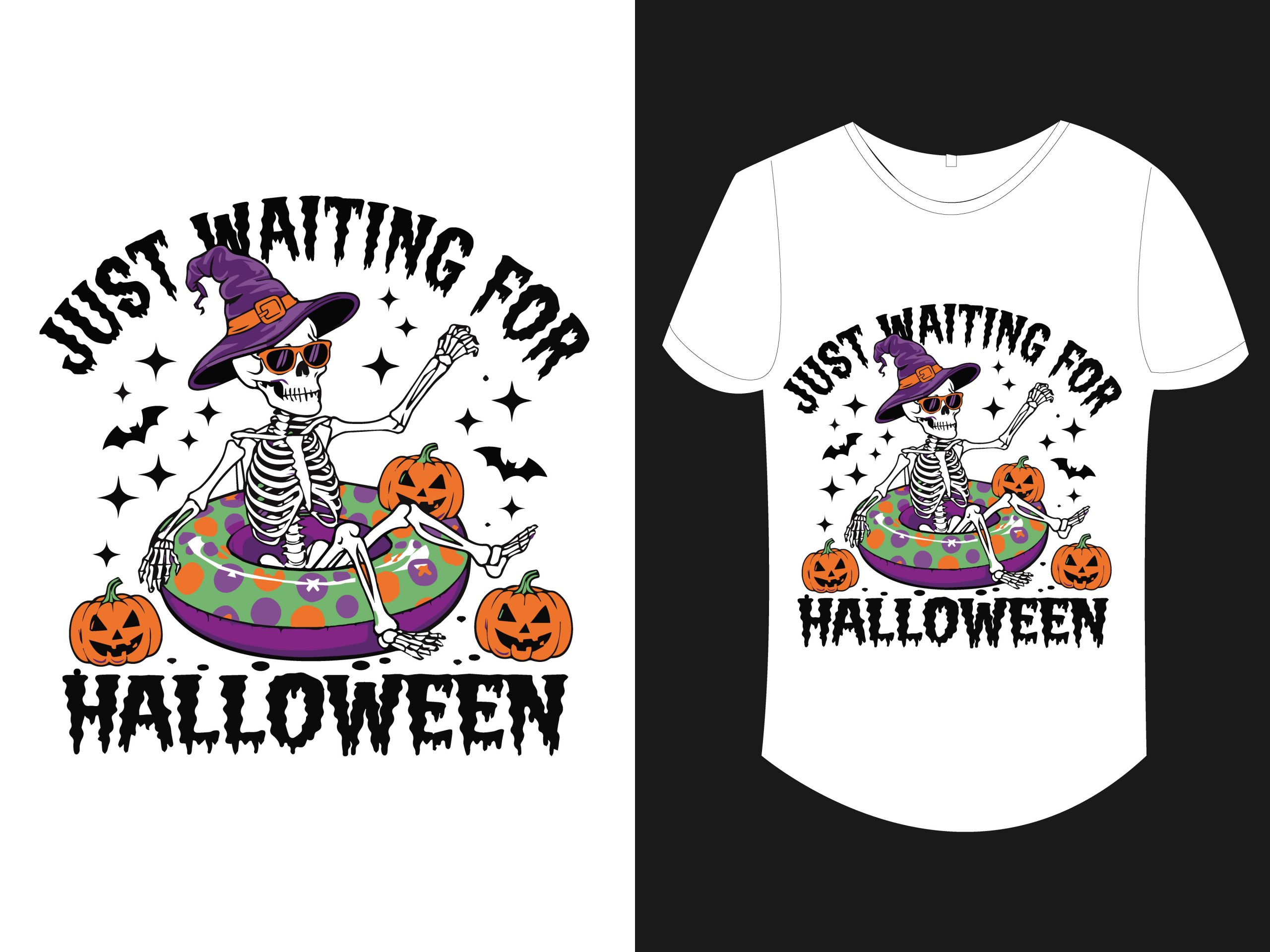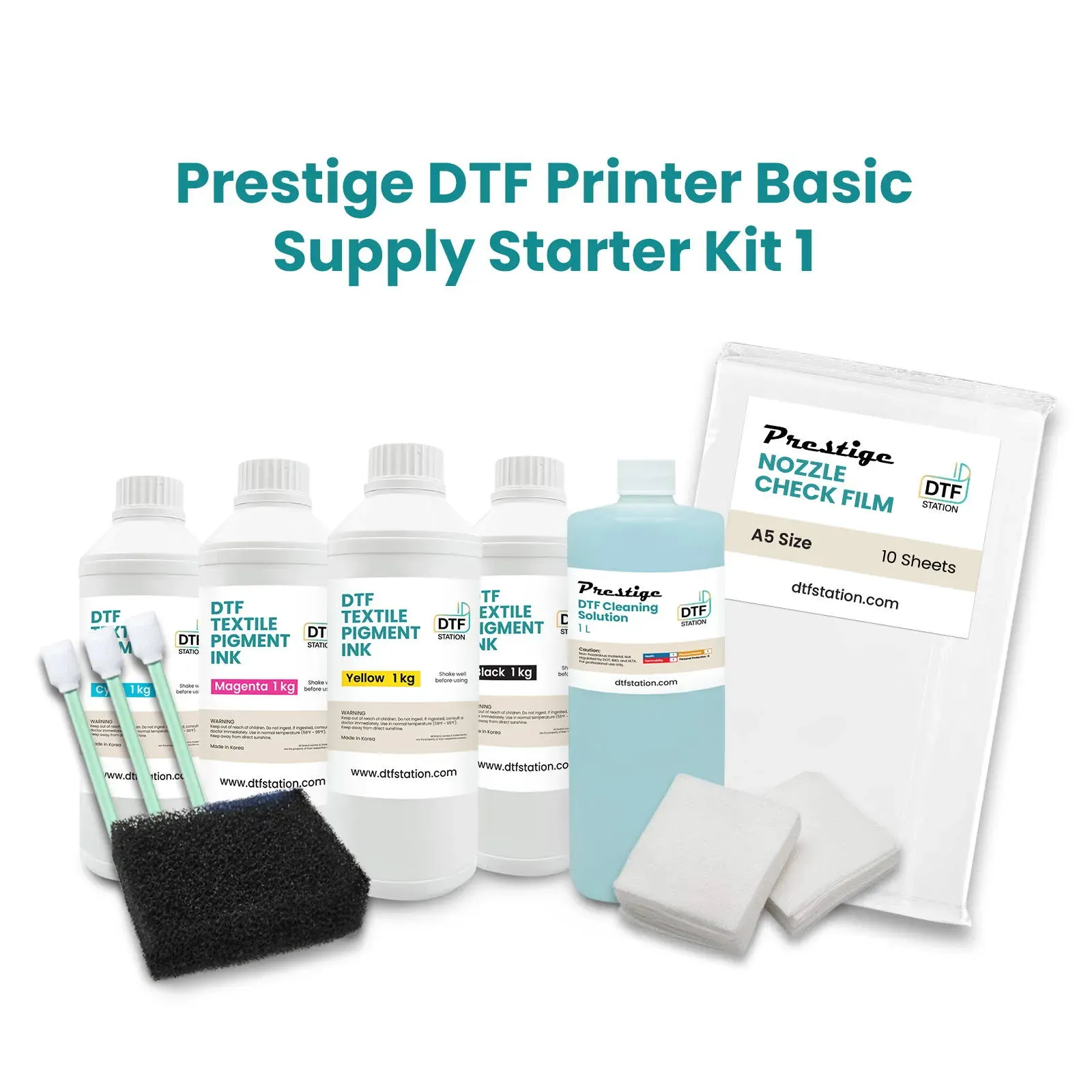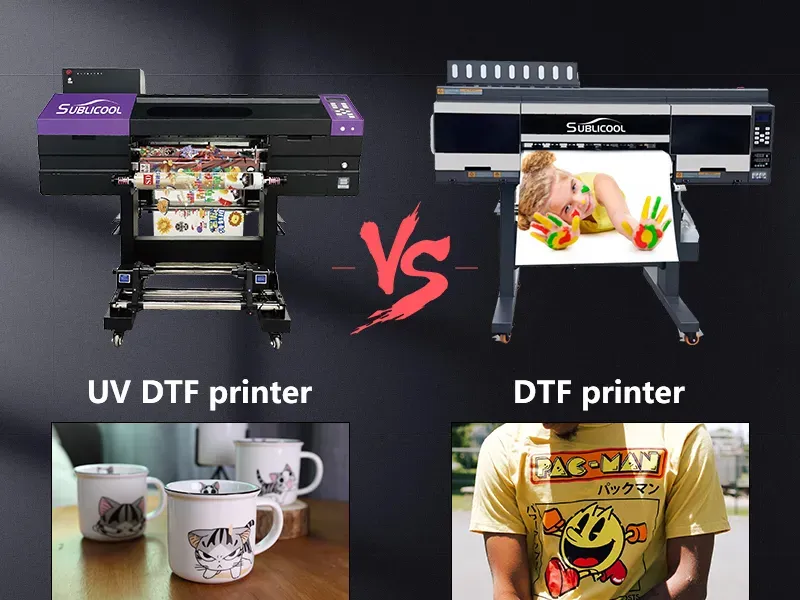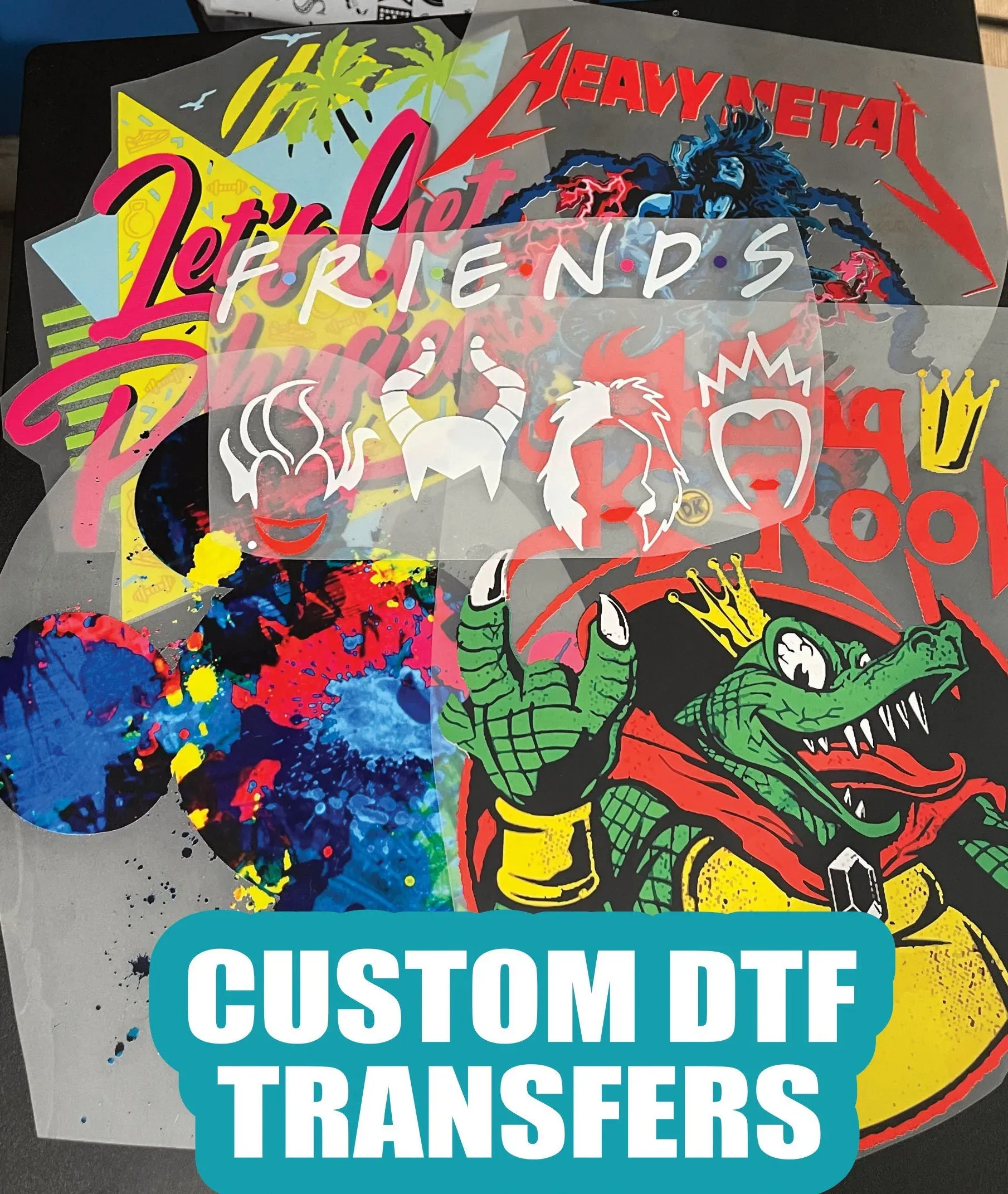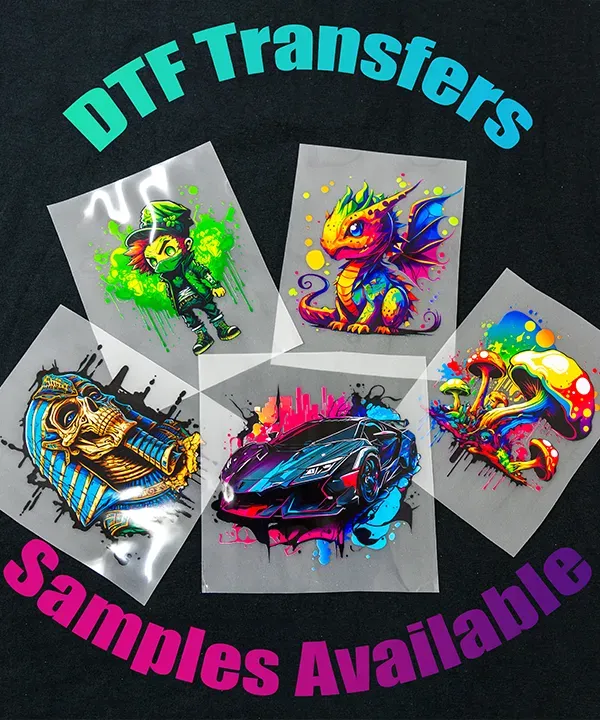DTF Printing: Unlocking the Future of Fabric Printing
In the ever-evolving world of fabric printing, **DTF printing**, or Direct-to-Film printing, has quickly established itself as a transformative force. This innovative technique allows for vibrant, high-quality designs to be transferred directly onto various fabrics, making it a top choice for custom apparel production. Moreover, with advancements in DTF technology, companies are now able to create sustainable fabric printing solutions that minimize waste and maximize efficiency. By leveraging cutting-edge fabric printing technology, the industry is witnessing a shift towards more eco-friendly practices. As we explore the unique benefits of DTF printing, it becomes clear why this method is set to shape the future of textile design and production for years to come.
Known by various names, such as Direct-to-Film printing, DTF printing embodies a blend of innovation and practicality in the realm of fabric decoration. This advanced fabric printing technology allows designers and businesses to produce high-quality prints on-demand, pushing the boundaries of what is possible in custom apparel production. In this context, sustainable fabric printing practices are gaining momentum, as artists and brands seek to align their offerings with eco-friendly preferences. The advancements in DTF technology not only enable diverse applications across different materials, but they also streamline processes compared to traditional methods. Therefore, exploring the world of DTF can unveil a treasure trove of opportunities for creative expression while maintaining a commitment to sustainability.
Understanding DTF Printing and Its Advantages
Direct-to-Film (DTF) printing revolutionizes the fabric printing landscape by providing a unique blend of quality and efficiency. This technique allows for high-resolution imaging directly on a film, which is then transferred onto the desired fabric. What distinguishes DTF from traditional methods is its remarkable ability to yield vibrant colors and intricate details, making it ideal for custom apparel production. As brands strive for individuality, DTF offers limitless potential for creativity with minimal setup time.
Moreover, DTF printing enhances production scalability for small and large businesses alike. Unlike other methods, DTF does not rely on specific fabric types for optimal quality outcomes, allowing for versatile application across cotton, blends, and other materials. This adaptability opens the door for broader market engagement and customization, propelling businesses toward satisfying diverse consumer trends.
Sustainable Practices in DTF Fabric Printing
The sustainability aspect of DTF printing sets it apart from conventional printing methods. Traditional processes typically require significant amounts of water and produce substantial waste, whereas DTF printing minimizes both. By utilizing a heat transfer method with precision, businesses can significantly reduce their environmental impact while still achieving high-quality results. This eco-friendly approach is becoming increasingly vital as consumer preferences shift toward sustainable options, transforming how companies perceive their production methods.
Furthermore, the use of eco-solvent inks in many DTF processes contributes to lower emissions and reduced harmful waste. By integrating sustainable fabric printing practices, manufacturers not only appeal to environmentally conscious consumers but also position themselves as leaders in the market. This commitment to sustainability aligns with global trends, presenting opportunities for companies to innovate responsibly while enhancing their brand reputation.
Technological Advancements Driving DTF Success
Recent advancements in DTF technology are pivotal in pushing the limits of fabric printing capabilities. The introduction of high-speed printers capable of producing large volumes without compromising quality has revolutionized the production landscape. These innovations enable businesses to respond more swiftly to demand, cater to unique customer requests, and reduce turnaround times significantly. As techniques and machinery evolve, firms leveraging DTF are gaining a competitive edge in a crowded marketplace.
Additionally, ongoing research into DTF technology advancements has led to improved ink formulations and substrate compatibility, expanding the potential use cases for DTF printing. As a result, companies can explore new design concepts that were previously deemed unachievable, positioning themselves as pioneers in custom apparel production. By harnessing the latest technology, businesses not only enhance their product offerings but also attract a broader customer base.
Comparing DTF and Other Printing Methods
When evaluating DTF printing against traditional methods like sublimation, the differences become stark. Sublimation is often limited to polyester fabrics which can restrict creative flexibility for many designers. In contrast, DTF printing can be used on a variety of materials, thereby catering to an extensive array of consumer needs. This key advantage makes DTF a favored choice for custom apparel production, especially for brands aiming to offer diverse merchandise.
Moreover, while sublimation may require specialized equipment and preparation, DTF printing simplifies the process, allowing even small businesses and individual hobbyists to engage in high-quality fabric printing. This ease of access not only democratizes fabric printing technology but also empowers creators to bring unique ideas to life without significant barriers, leading to greater innovation in the market.
Innovative Products Shaping the DTF Landscape
Continued innovation in DTF printing is exemplified by emerging products that streamline the printing process for both professionals and novices. Devices such as the LOKLiK iPrinter DTF-A3-XP600 integrate advanced technology with user-friendly interfaces, enabling users to achieve professional-grade results without extensive training. This democratization of technology paves the way for increased participation in the custom apparel space, inspiring new designers and small businesses.
In addition to affordability, many new DTF products incorporate energy-efficient features that accentuate the sustainable fabric printing narrative. By prioritizing eco-friendly manufacturing processes, these innovations not only reduce the carbon footprint but also attract a growing segment of environmentally conscious consumers. As creativity and sustainability merge in the fabric printing industry, DTF stands at the forefront of this transformative movement.
The Future of DTF and the Printing Industry
As DTF printing technology continues to evolve, its impact on the fabric printing industry is bound to expand significantly. With ongoing investments in research and development, emerging trends are likely to further enhance the efficiency, quality, and sustainability of printing processes. Brands willing to adopt DTF technology may find themselves not only thriving in a competitive market but also influencing the direction of future innovations in fabric printing.
The shift toward eco-conscious practices and advanced printing capabilities highlights DTF’s relevance in tomorrow’s industry. As consumers increasingly favor brands that prioritize sustainability and customization, the demand for versatile printing solutions will only grow. DTF is well-positioned to meet these expectations, ultimately solidifying its status as the future leader in fabric printing.
Frequently Asked Questions
What is DTF printing and how does it work?
**Direct-to-Film (DTF) printing** is a groundbreaking fabric printing technology that transfers designs onto garments using a special film. In this process, ink is printed onto a transfer film, which is then heat-pressed onto the fabric, allowing for vibrant colors and intricate details. This method is gaining popularity for its efficiency and ability to print on various fabric types.
How does DTF printing contribute to sustainable fabric printing?
DTF printing contributes to **sustainable fabric printing** by reducing waste and using less ink compared to traditional methods. The precise application of ink on transfer films minimizes environmental impact and enhances production efficiency. This eco-friendly approach is increasingly beneficial as businesses look to adopt sustainable practices in custom apparel production.
What are the key advantages of DTF printing over sublimation printing?
The main advantage of **DTF printing** over sublimation is its versatility; DTF can be used on a wide range of fabrics, including cotton and blends, while sublimation is limited to synthetic materials. Additionally, DTF printing allows for detailed designs and unlimited color combinations, making it a preferred choice for custom apparel production.
How have DTF technology advancements improved custom apparel production?
Recent **DTF technology advancements** have significantly enhanced custom apparel production by introducing high-quality, compact printers that simplify the printing process. Innovations like the A3 DTF printer enable small businesses and hobbyists to easily create vibrant prints while significantly reducing setup times and overall costs.
Are DTF printers accessible for small businesses and hobbyists?
Yes, **DTF printers**, such as the newly launched A3 model, are designed to be accessible for small businesses and hobbyists. These printers offer a compact solution that simplifies the process of fabric printing, making it easier for users to produce professional-quality prints without needing extensive resources or space.
What types of fabrics can be used with DTF printing?
**DTF printing** can be utilized on a diverse range of fabrics, including cotton, polyester, and blends. This flexibility sets it apart from other methods like sublimation, which primarily works well only on polyester fabrics. As a result, DTF is highly favored in custom apparel production for its adaptability to various consumer preferences.
| Key Points | Details |
|---|---|
| Introduction to DTF Printing | Direct-to-Film (DTF) technology is reshaping the fabric printing landscape, promising to lead the industry. |
| Sustainability Benefits | DTF printing minimizes waste, making it an eco-friendly option compared to traditional printing methods. |
| Advanced Capabilities | Investments in technology allow for complex designs and extended color ranges, enhancing DTF’s appeal. |
| Increased Accessibility | New compact printers like the A3 DTF printer make this technology more accessible to small businesses and hobbyists. |
| Comparison with Sublimation | DTF offers greater versatility by working with a wider array of materials compared to sublimation. |
| Innovative DTF Products | Products like the LOKLiK iPrinter DTF-A3-XP600 are making high-quality printing affordable and accessible. |
Summary
DTF printing is revolutionizing the fabric printing industry by offering sustainable, versatile, and technologically advanced solutions to printing needs. As businesses and consumers increasingly prioritize eco-friendliness, DTF technology stands out due to its waste reduction capabilities and adaptability to various fabrics, paving the way for a sustainable future in textile printing. With the introduction of accessible products like the A3 DTF printer, even hobbyists can partake in this innovative technology, making it a game-changer in custom apparel production. Staying updated on DTF printing advancements will be crucial for those looking to harness its potential in the evolving marketplace.

